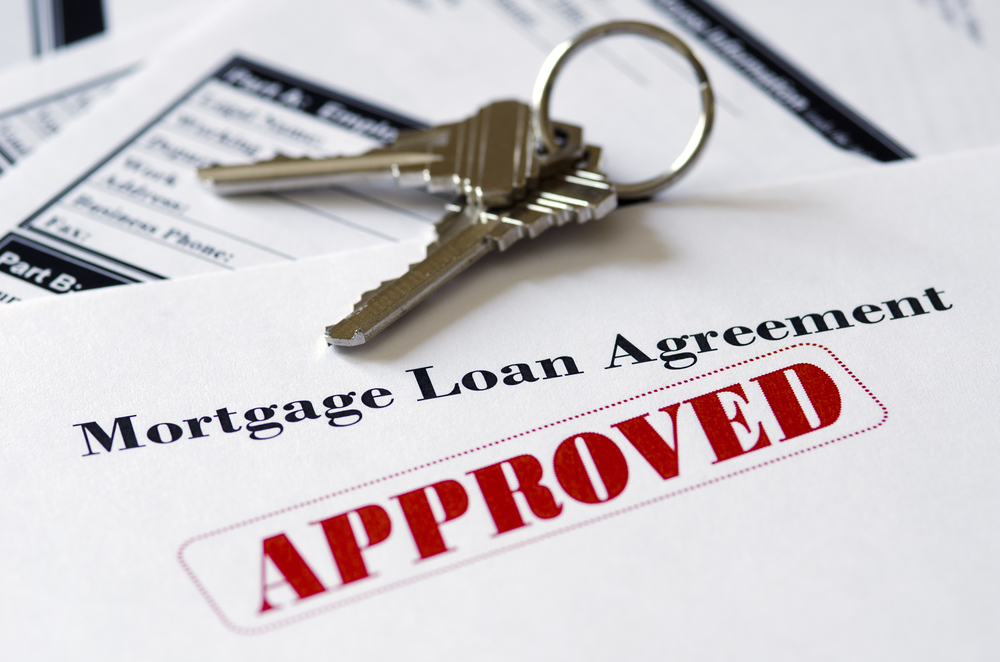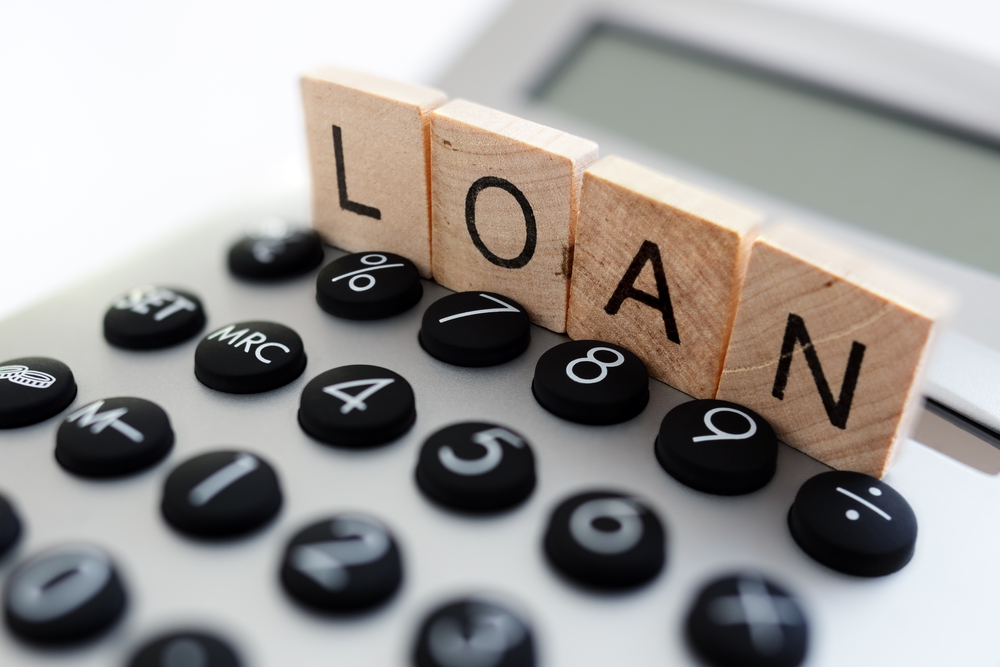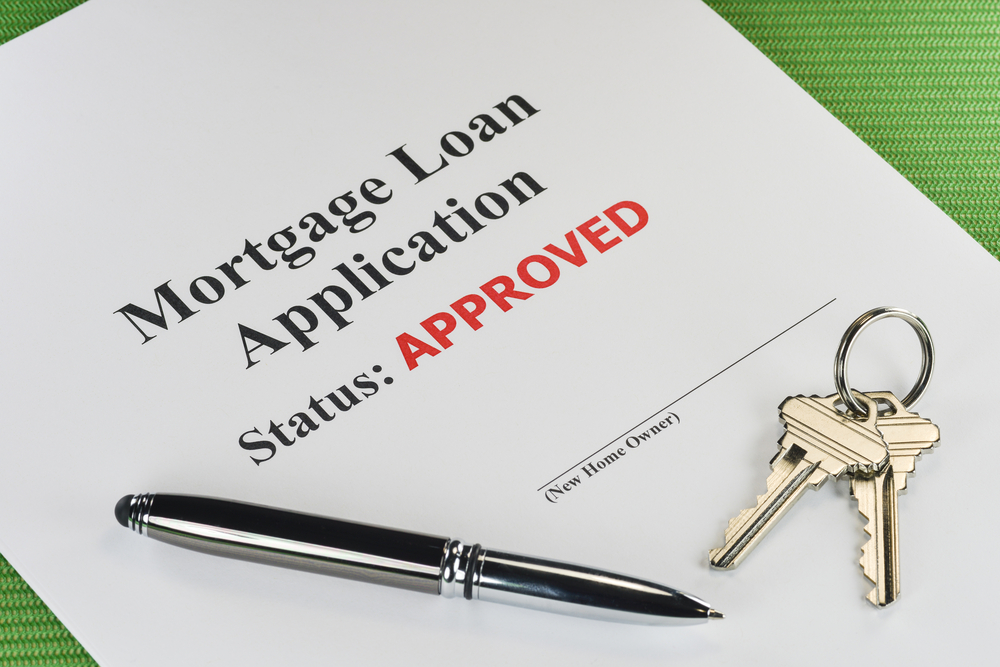If you ever try to refinance your home, your process might come to a halt when you find out your current mortgage loan has a prepayment penalty. Lenders often put the prepayment penalty clause in a mortgage contract to keep buyers from selling their home or paying off their mortgages within a certain period of time. Some borrowers who have credit problems can’t get mortgage approval without the prepayment penalty clause. Other borrowers with better credit scores agree to the penalty because the lender promises a lower interest rate.
Prepayment penalties usually apply for the first three to five years of the mortgage. The penalty may be a percentage of the total mortgage amount, e.g. 2%. Or, the penalty could be several months of interest payments. Either way, prepayment penalties can amount to thousands of dollars. If you’re refinancing to get a lower interest rate, the prepayment penalty could negate the interest savings you’d receive.
To find out whether your mortgage loan has a prepayment penalty, check your mortgage papers. Hopefully, you filed them in a place that you can easily access them. If you find a section about a prepayment penalty, read through it to find out whether your fee is a fixed fee or one that decreases as the age of your mortgage decreases. If you’re close to the end of your prepayment penalty period, you may be able to avoid the fee by simply waiting a few more months to refinance.
Negotiate a Lower Prepayment Penalty
You may be able to talk a loan manager into reducing your fee, but you probably won’t eliminate it all together. Call your lender and put your negotiating skills to practice. Lenders don’t have to reduce your fee, especially since you’ve already signed a contract agreeing to the fee. However, if you’re close to the end of the penalty period or your penalty is about to be lowered in a few months anyway, you may have some negotiating power.
If you manage to negotiate a lower prepayment penalty fee, get the details in writing with the loan officer’s signature. A phone-only agreement isn’t enough to ensure the lender doesn’t come after you later for the full penalty.
Paying the Penalty
Depending on how much money you’d save by refinancing, the prepayment penalty might be worth paying. If changing to a lower interest mortgage would save you tens of thousands of dollars over the life of the loan, it may be worth it to give up just a few thousand dollars now.
Paying the prepayment penalty doesn’t make sense if you plan on moving within a few years. That’s because you won’t have a chance to receive the full benefit refinancing your mortgage. If you don’t have the cash to pay the fee and you won’t be getting any cash back from refinancing, paying the penalty doesn’t make sense.
Wait Out the Penalty Period
If you can’t afford to pay the penalty and your lender won’t waive the fee, your last option is to wait out the penalty period. If you can’t afford your mortgage payments, contact your lender about hardship payment options.







